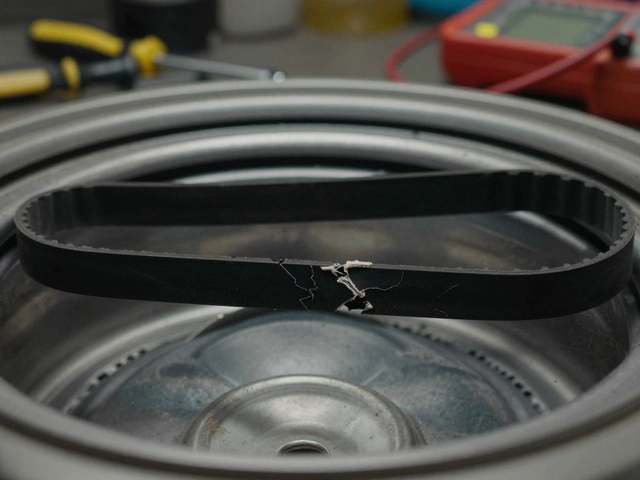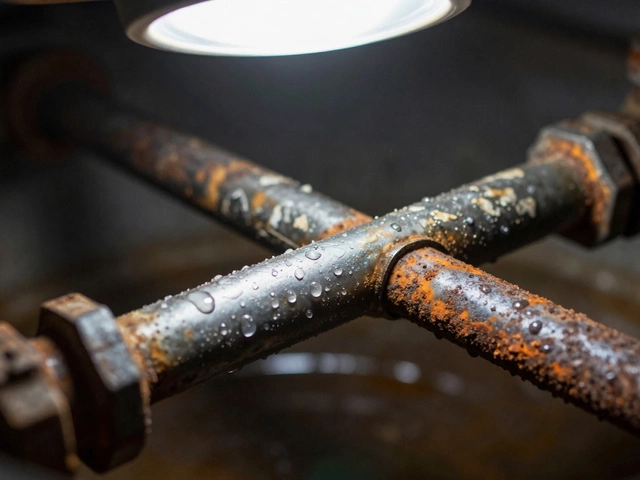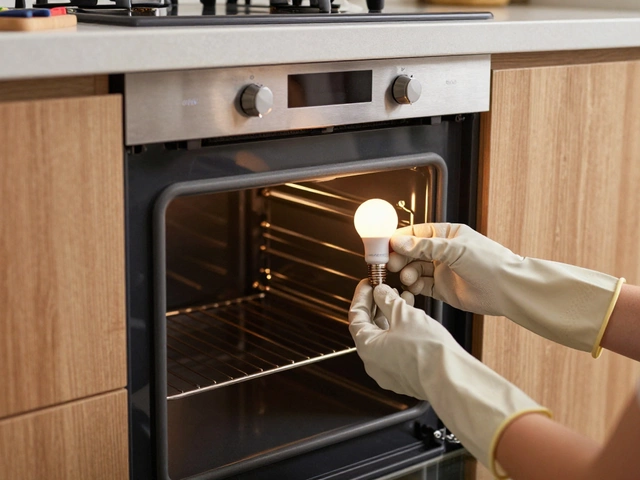How to Troubleshoot Gas Appliances Quickly and Safely
If your gas stove won’t light or your heater is blowing cold air, you don’t have to panic. Most gas appliance issues are caused by a few easy‑to‑check things. Below you’ll find the most common problems, simple tests, and practical fixes you can do at home before calling a pro.
Check the Basics First
Start with the power supply. Even gas appliances need electricity for igniters and control boards. Make sure the outlet isn’t tripped and the cord is firmly plugged in. Next, look at the gas valve. If it’s turned off, everything will stay dead. Turn it fully clockwise and listen for a faint hissing sound that tells you gas is reaching the appliance.
Another quick check is the pilot light. Many older stoves, dryers, and water heaters use a small flame to ignite the main burner. If the pilot is out, the appliance won’t fire. Follow the manufacturer’s steps to relight it—usually you’ll need a long match or a spark igniter. If the pilot won’t stay lit, the thermocouple may be dirty or faulty.
Identify Specific Symptoms
Stove won’t ignite: Try the igniter. It should spark when you turn the knob. If you hear a clicking sound but see no spark, the igniter may need cleaning or replacement. If there’s no sound at all, the electrical connection could be loose.
Heater blows cold air: Check the thermostat setting first. If the thermostat is set to “heat” but the unit still blows cool, the gas valve might be stuck closed. Look for any error codes on the display and consult the manual for what they mean.
Foul smell: Smelling gas is serious. Shut off the gas supply, open windows, and leave the house if the smell is strong. Call a qualified technician right away. Small leaks can sometimes be fixed with a tightening of connections, but safety comes first.
Uneven flame: A yellow or flickering flame indicates dirty burners. Remove the burner caps and soak them in warm, soapy water. Use a soft brush to clear out food particles or rust. Rinse, dry, and reinstall—your flame should turn blue and stable.
When you’ve run through these steps and the problem persists, it’s time to call a professional. A licensed technician can test gas pressure, replace internal components, and ensure everything meets safety codes. Trying to fix deeper issues yourself can be dangerous and might void warranties.
Remember, regular maintenance can prevent most breakdowns. Clean burner ports every few months, check gas lines for wear, and schedule an annual safety inspection. A little preventive care saves time, money, and headaches.
Having these quick checks in your toolbox makes you far more confident when a gas appliance hiccups. You’ll know when it’s a simple fix you can handle and when you need an expert’s help. Keep this guide handy; a few minutes of troubleshooting can keep your kitchen and home running smoothly.
25 January 2025
·
0 Comments
Whether it's a stove, heater or water heater, gas appliances face their share of issues. They might just give up on you unexpectedly, leaving you puzzled. Understanding common problems such as gas leaks, ignition problems, or blocked burners can save you both time and money. This guide dives deep into practical solutions and preventative tips. Discover useful insights to get your appliances running like a charm once more.
Read more






